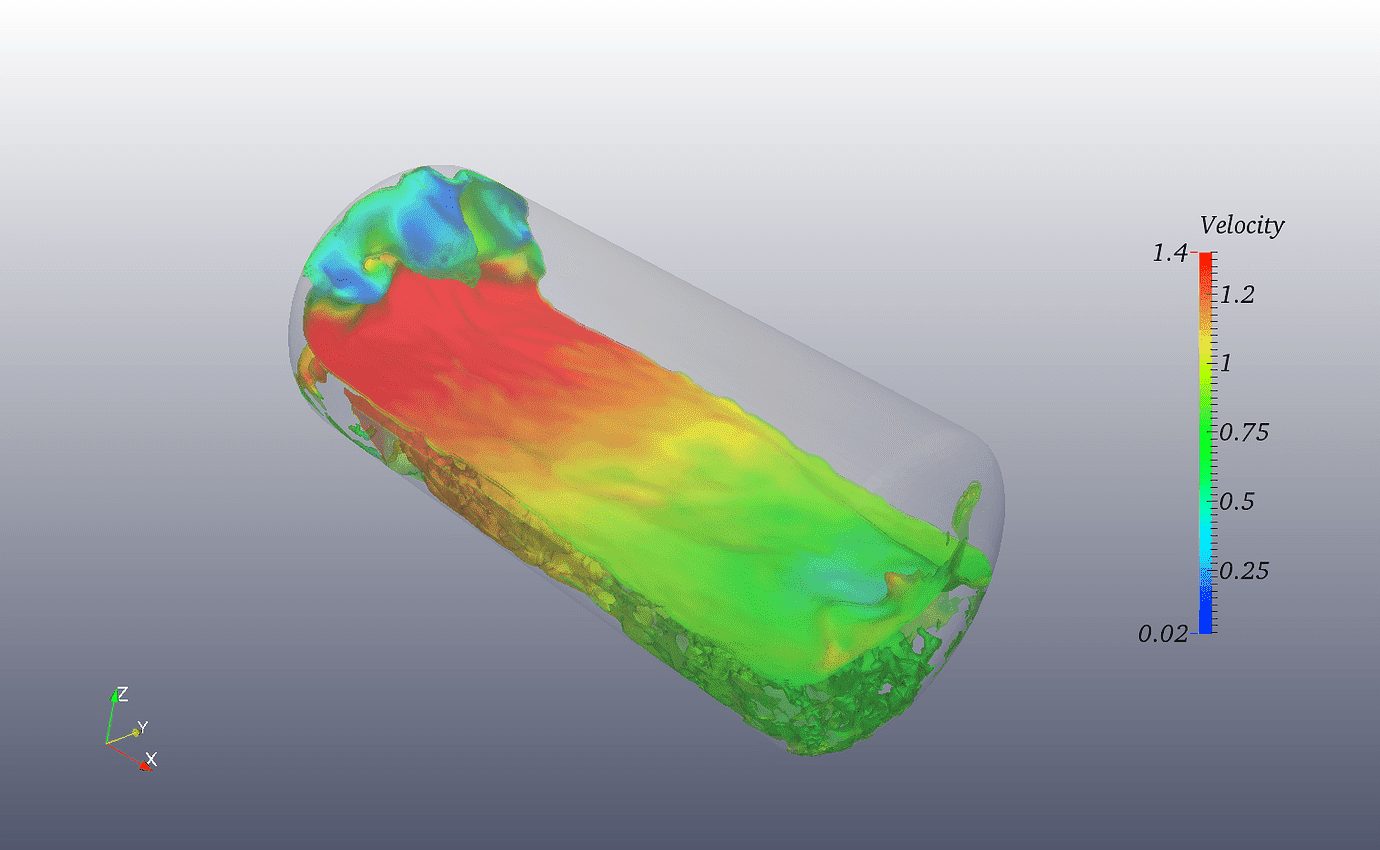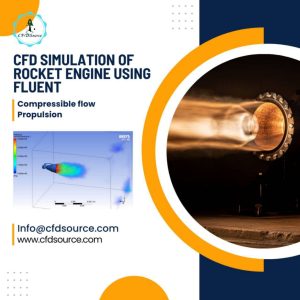In the vast realm of fluid dynamics, Computational Fluid Dynamics (CFD) emerges as a transformative force, enabling engineers and researchers to transcend the limitations of physical prototypes through numerical simulations. This introductory section sets the stage by providing a succinct overview of CFD multiphase flow—a captivating field within fluid dynamics that holds immense significance across industries. From aerospace to environmental science, the applications of CFD are diverse and impactful. The aim here is to capture the reader’s attention, emphasizing the pivotal role that CFD plays in revolutionizing our understanding of fluid behavior and laying the foundation for a detailed exploration of its multiphase applications.
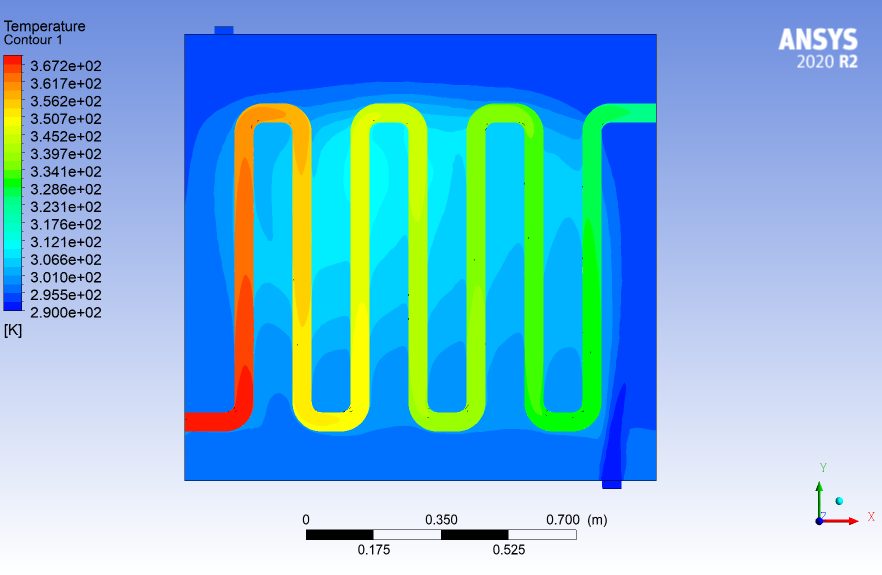
II. Understanding the Basics of CFD
To comprehend the intricacies of CFD multiphase flow, it’s essential to delve into the fundamentals of Computational Fluid Dynamics itself. This section elucidates the core concept of CFD, emphasizing its definition and the profound impact it has on diverse fields. By providing clarity on the numerical methods and algorithms that form the backbone of CFD, readers gain insight into how this technology enables the visualization and analysis of complex fluid dynamics. The emphasis here is on laying a solid foundation, ensuring that readers, regardless of their familiarity with CFD, grasp the basics before delving into the complexities of multiphase flow simulations.
III. Basics of Multiphase Flow
Multiphase flow introduces a layer of complexity to fluid dynamics, involving the simultaneous movement of different phases within a system. This section intricately explores the nuances of multiphase flow, elucidating the various phases and the challenges posed by their interactions. A reader unfamiliar with the intricacies of multiphase systems will gain a comprehensive understanding of the topic. The goal is to bridge the gap between conventional fluid dynamics and the complexities introduced by multiple interacting phases, setting the stage for the subsequent exploration of challenges in simulating such intricate systems.
IV. Challenges in Multiphase Flow Simulation
Simulating multiphase flow is not without its hurdles. This section navigates through the challenges inherent in capturing the dynamic interactions between different phases. From the complexities introduced by turbulence to the difficulties in accurately representing phase changes and surface tension, the obstacles in achieving precise and reliable simulations are thoroughly examined. By addressing these challenges head-on, the article aims to provide readers with a realistic perspective on the difficulties researchers and engineers face when striving for accuracy in CFD multiphase flow simulations. Understanding these challenges sets the stage for appreciating the sophisticated techniques and advancements discussed in subsequent sections.
V. Techniques for CFD Multiphase Flow
The successful simulation of multiphase flow relies heavily on the implementation of advanced techniques within Computational Fluid Dynamics (CFD). This section navigates through the numerical methods that serve as the backbone for CFD multiphase simulations. It explores the nuances of Eulerian and Lagrangian methods, shedding light on how these techniques model the complexities of multiphase systems. Additionally, the discussion extends to specialized algorithms and models that enhance the precision of simulations. Readers are guided through the technical aspects, gaining insights into the mechanics that enable CFD to effectively capture the intricate interactions between different phases. This section aims to empower readers with a foundational understanding of the tools and methodologies essential for robust multiphase flow simulations.
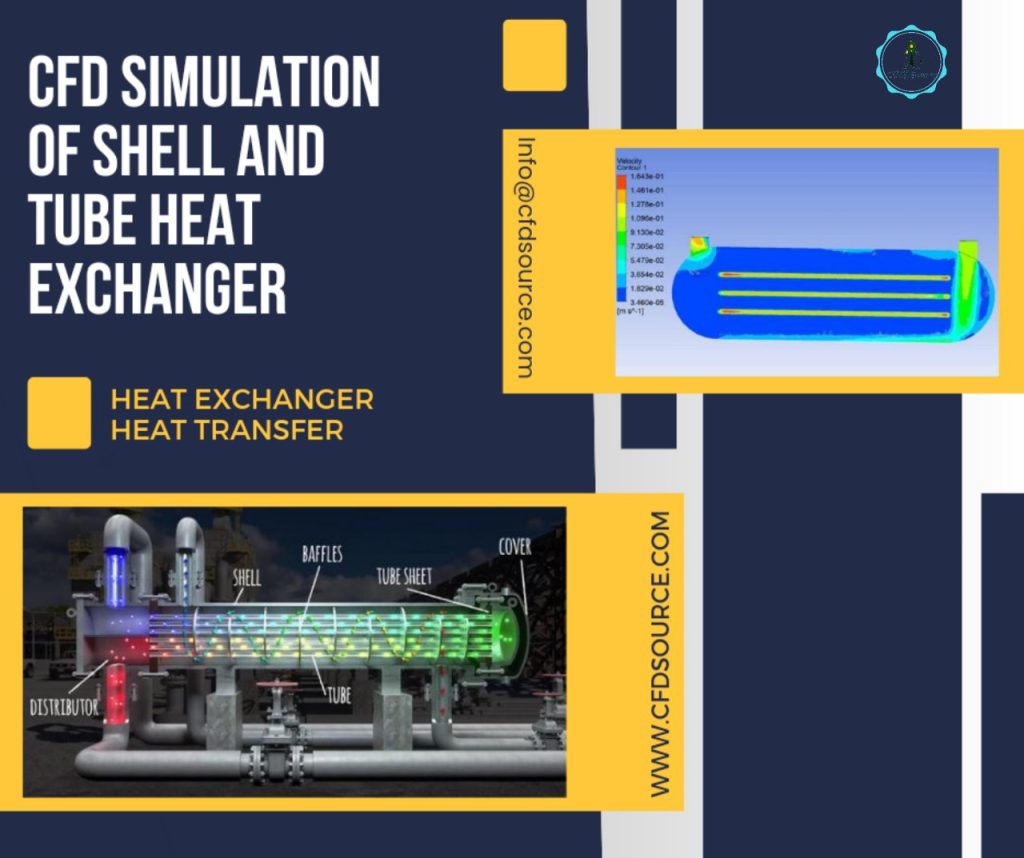
VI. Applications in Industries
The practical applications of CFD multiphase flow simulations span across various industries, revolutionizing processes and optimizing designs. This section takes a deep dive into how CFD is harnessed in industries such as oil and gas, pharmaceuticals, and chemicals. Specific examples illustrate how simulations enhance the optimization of pipeline designs in the oil and gas sector, improve mixing processes in pharmaceuticals, and refine reactor designs in the chemical industry. By showcasing real-world applications, this section aims to highlight the tangible benefits of CFD multiphase flow simulations, emphasizing their role in solving industry-specific challenges and fostering innovation.
VII. Advancements in CFD Technology
The landscape of Computational Fluid Dynamics is in a constant state of evolution, with ongoing advancements shaping the capabilities of CFD in multiphase flow simulations. This section explores recent developments and innovations in CFD technology, offering insights into how high-performance computing, machine learning, and artificial intelligence contribute to more realistic representations of complex systems. The integration of these technologies not only enhances the accuracy of simulations but also addresses the computational challenges associated with multiphase flow. By examining the cutting-edge advancements, readers gain a glimpse into the exciting future of CFD and its potential to further refine our understanding of multiphase systems.
VIII. Case Studies
Real-world applications of CFD multiphase flow simulations come to life through detailed case studies. This section presents specific examples where CFD has been instrumental in overcoming challenges and optimizing designs. Case studies range from fluid-structure interaction problems in aerospace to optimizing mixing processes in chemical reactors. Each case study provides a narrative that outlines the initial problem, the CFD approach employed, and the successful outcomes achieved. By delving into these practical examples, readers gain a deeper appreciation for the versatility and effectiveness of CFD in addressing complex, real-world scenarios.
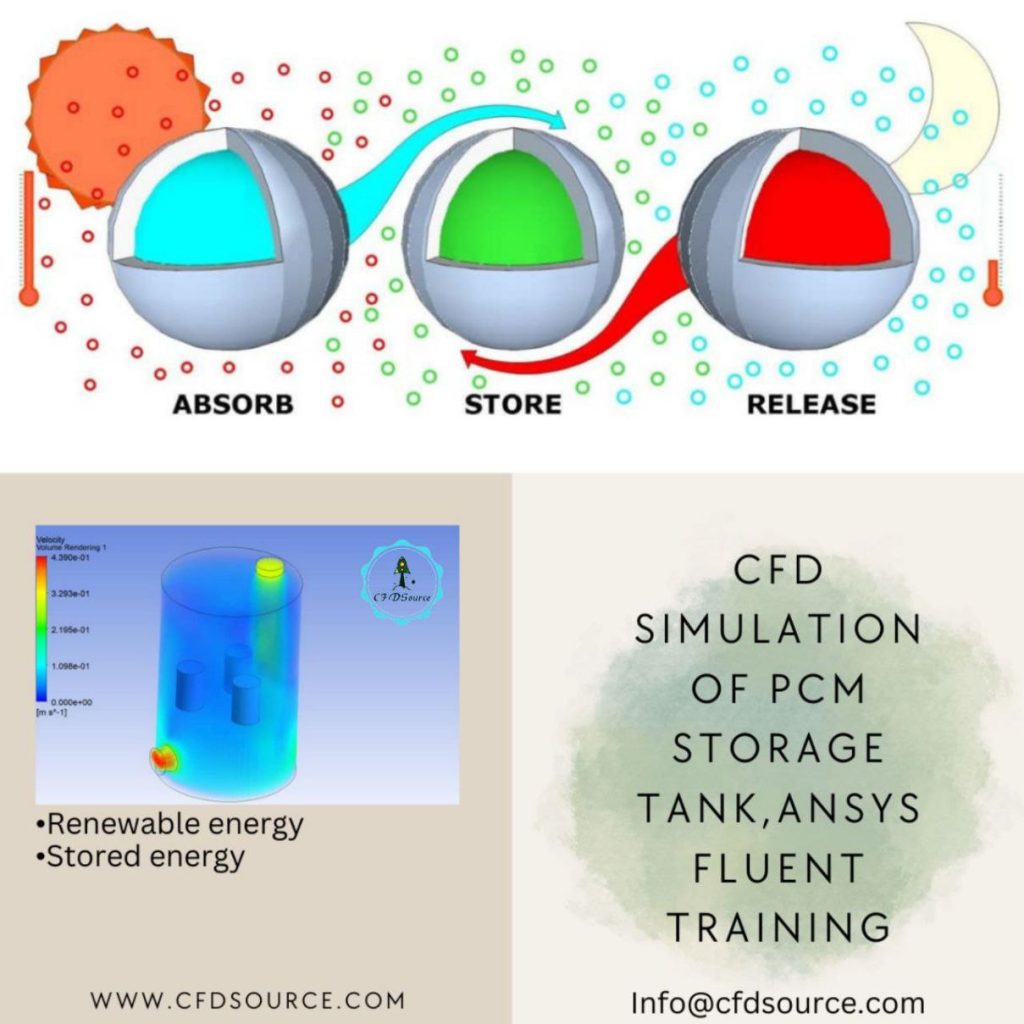
IX. Future Trends in CFD Multiphase Flow
As we stand at the intersection of technology and fluid dynamics, the future of Computational Fluid Dynamics (CFD) in multiphase flow simulations holds exciting possibilities. This section ventures into the crystal ball, exploring the emerging trends that are poised to shape the landscape of CFD. Quantum computing, with its unparalleled processing capabilities, is anticipated to revolutionize the precision and efficiency of multiphase flow simulations. Advanced turbulence models, driven by ongoing research, promise to further refine the accuracy of CFD predictions. The section also discusses the potential impact of other technological advancements on the horizon. By contemplating the future trends in CFD multiphase flow, readers gain a forward-looking perspective on how these innovations will continue to redefine the boundaries of what is achievable in fluid dynamics simulations.
X. Importance of CFD Multiphase Flow in Research
Beyond its practical applications in industries, CFD multiphase flow simulations play a pivotal role in advancing scientific research. This section unravels the symbiotic relationship between academia and industry, emphasizing how researchers leverage CFD techniques to delve into environmental impacts, optimize energy systems, and unravel the intricacies of complex biological processes. The collaborative efforts between researchers and industries underscore the importance of CFD in pushing the boundaries of knowledge. By understanding how CFD contributes to scientific advancements, readers gain insight into the profound impact these simulations have on shaping our understanding of the natural world and driving innovation across diverse research domains.
XI. Benefits of Implementing CFD Multiphase Flow
The advantages of implementing CFD multiphase flow simulations are manifold and extend far beyond the realm of convenience. This section meticulously outlines the practical benefits that engineers and researchers reap from integrating CFD into their workflow. From substantial cost savings in the design process to increased efficiency in system optimization, CFD emerges as a transformative tool. The ability to visualize and analyze complex fluid dynamics without the need for physical prototypes translates into accelerated innovation cycles. The section explores how CFD contributes to improved decision-making, reduced development costs, and enhanced safety protocols. By showcasing the tangible benefits, readers gain a comprehensive understanding of why CFD has become an indispensable asset in the toolkit of professionals across various industries.
XII. Common Misconceptions about CFD
Navigating the realm of Computational Fluid Dynamics (CFD) often comes with its fair share of misconceptions. In this section, we address and debunk common myths that surround CFD multiphase flow simulations. From concerns about the reliability of results to misconceptions about the complexity of the simulations, this segment aims to demystify CFD. By providing clarity on these misconceptions, readers can develop a more accurate understanding of the capabilities and limitations of CFD in the context of multiphase flow. Acknowledging and dispelling these myths is crucial for fostering confidence in the reliability and applicability of CFD simulations, ensuring that practitioners approach this powerful tool with a nuanced and informed perspective.
XIII. How to Get Started with CFD Multiphase Flow
For individuals intrigued by the world of CFD multiphase flow simulations, this section serves as a practical guide on how to embark on this intellectual journey. From aspiring engineers to seasoned researchers seeking to expand their skill set, this segment provides valuable insights into the resources, tools, and educational paths available for those looking to get started with CFD. Online courses, software packages, and research papers are among the plethora of resources explored, each tailored to different learning preferences and levels of expertise. By offering a roadmap for beginners, this section aims to bridge the gap between curiosity and practical engagement, empowering individuals to take their first steps into the fascinating realm of CFD multiphase flow.
XIV. Challenges and Ethical Considerations
While the allure of CFD multiphase flow simulations is undeniable, this section confronts the challenges and ethical considerations inherent in the research and application of this technology. Challenges span from the computational complexities involved in simulating multiphase systems to the potential pitfalls of relying solely on simulation results for decision-making. Ethical considerations include responsible data usage, transparency in reporting results, and addressing the environmental impact of computational processes. By acknowledging these challenges and ethical dimensions, the article aims to instill a sense of responsibility among practitioners and researchers in the CFD community, fostering a culture of integrity and accountability in the development and application of multiphase flow simulations.
XV. Conclusion
In the final section of this comprehensive exploration, we distill the key insights and takeaways from the entire article. Summarizing the multifaceted journey through CFD multiphase flow, we reinforce the importance of this technology in revolutionizing fluid dynamics research and industry applications. By revisiting the core concepts, challenges, applications, and future trends discussed throughout the article, the conclusion serves as a holistic reflection on the significance of CFD in shaping our understanding of multiphase systems. Readers are encouraged to carry these insights forward, recognizing CFD as an indispensable tool that not only unlocks the mysteries of fluid behavior but also propels innovation and problem-solving across diverse domains.
